VideoGen Review 2025: High-Speed Engine or Robotic Impostor?
Professional analysis by Samson Howles, AI Video Generator Expert | 20+ years of content creation experience


As the founder of AI Video Generators Free, I've seen countless tools promise to revolutionize content creation. The new VideoGen platform is making big claims, saying it can generate professional videos at unbelievable speeds. But is it a true high-performance engine, or just another robotic impostor? In this VideoGen Review, I'll move past the marketing hype to give you the ground truth. We'll explore its AI video generation from output quality to user experience, looking at everything from its automated workflows and stock assets to its text-to-speech engine. My hands-on testing reveals a tool that's brilliant for speed and scale but often stumbles on creative or cultural nuance.
Key Takeaways
- Speed & Scale Champion: VideoGen excels at producing high-volume social media and marketing videos in minutes, with support for over 40 languages making it ideal for mass content production and localization.
- Quality vs. Nuance Trade-off: While video output is high-quality and suitable for professional use, the AI-driven voiceovers are often emotionally flat, and the US-centric stock media library leads to major contextual errors for international content.
- Hidden Cost Alert: Be aware of the credit-based system for premium voices, which can increase actual costs beyond the monthly subscription fee, significantly impacting the tool's true value for money.
- Perfect For: Marketers and e-learning creators who prioritize efficiency. Brand storytellers and creative professionals requiring fine-grained control should look elsewhere.
VideoGen at a Glance: Key Strengths and Limitations
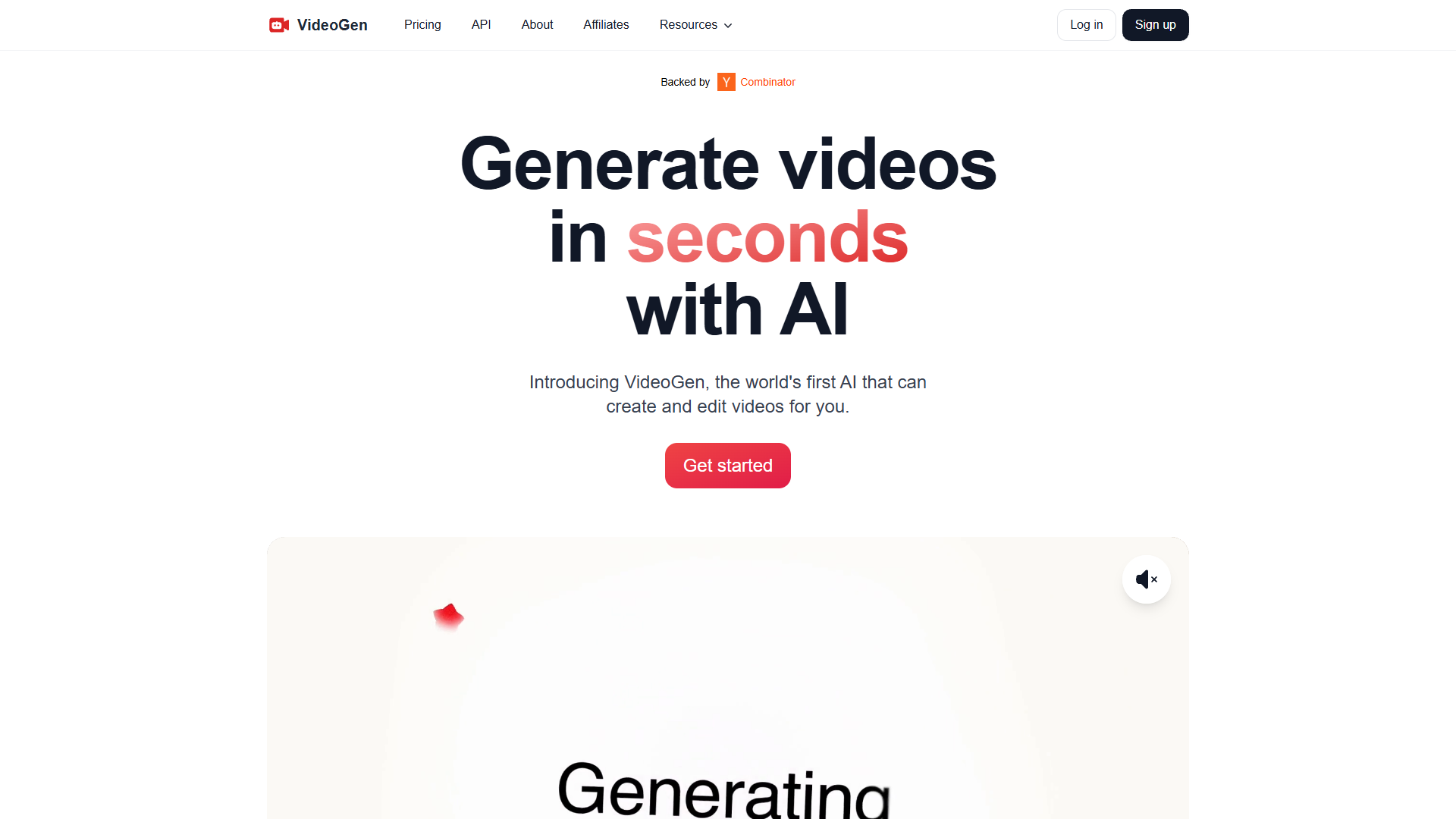



VideoGen: AI Video Generator
Classification: High-Speed Content Production Tool✅ Strengths: Where VideoGen Excels
- Blazing-fast generation speed creates videos in minutes
- Language support with over 40 languages and voices for global reach
- Extensive asset library with more than 3 million copyright-free stock clips and images
- One-click regeneration makes A/B testing simple and effective
❌ Limitations: Areas for Improvement
- Emotionally flat and robotic text-to-speech voiceovers
- US-centric stock media causes contextual and cultural errors
- Non-intuitive controls for some user segments
- Inconsistent TTS pronunciation for niche terminology
- Customer support quality is tiered and can be slow for lower plans
Based on my tests, here is a quick summary of where VideoGen shines and where it falls short. This summary gives you the topline findings. Now, let's pull back the curtain on exactly how I arrived at these conclusions.
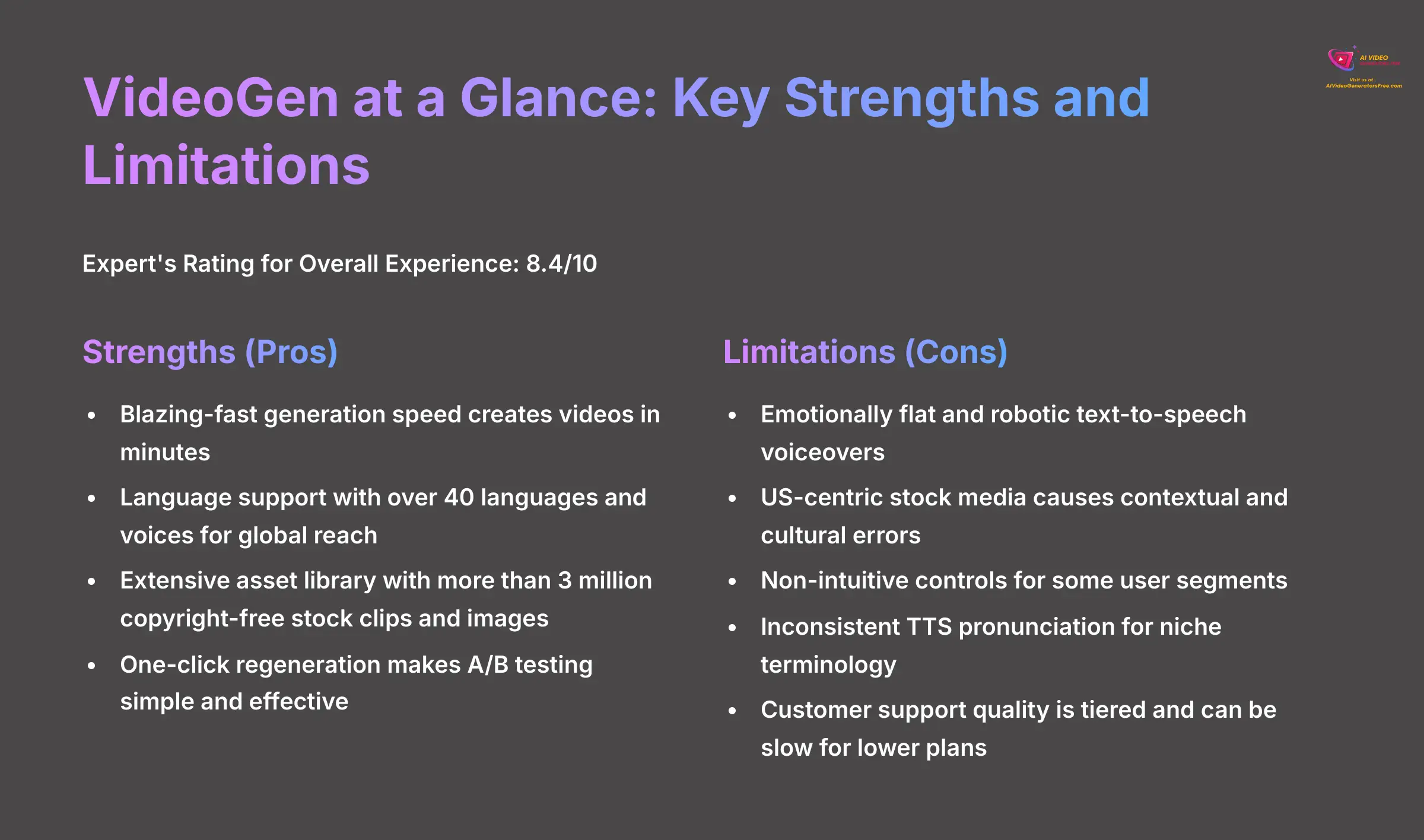

Our Review Methodology: How We Tested VideoGen in 2025
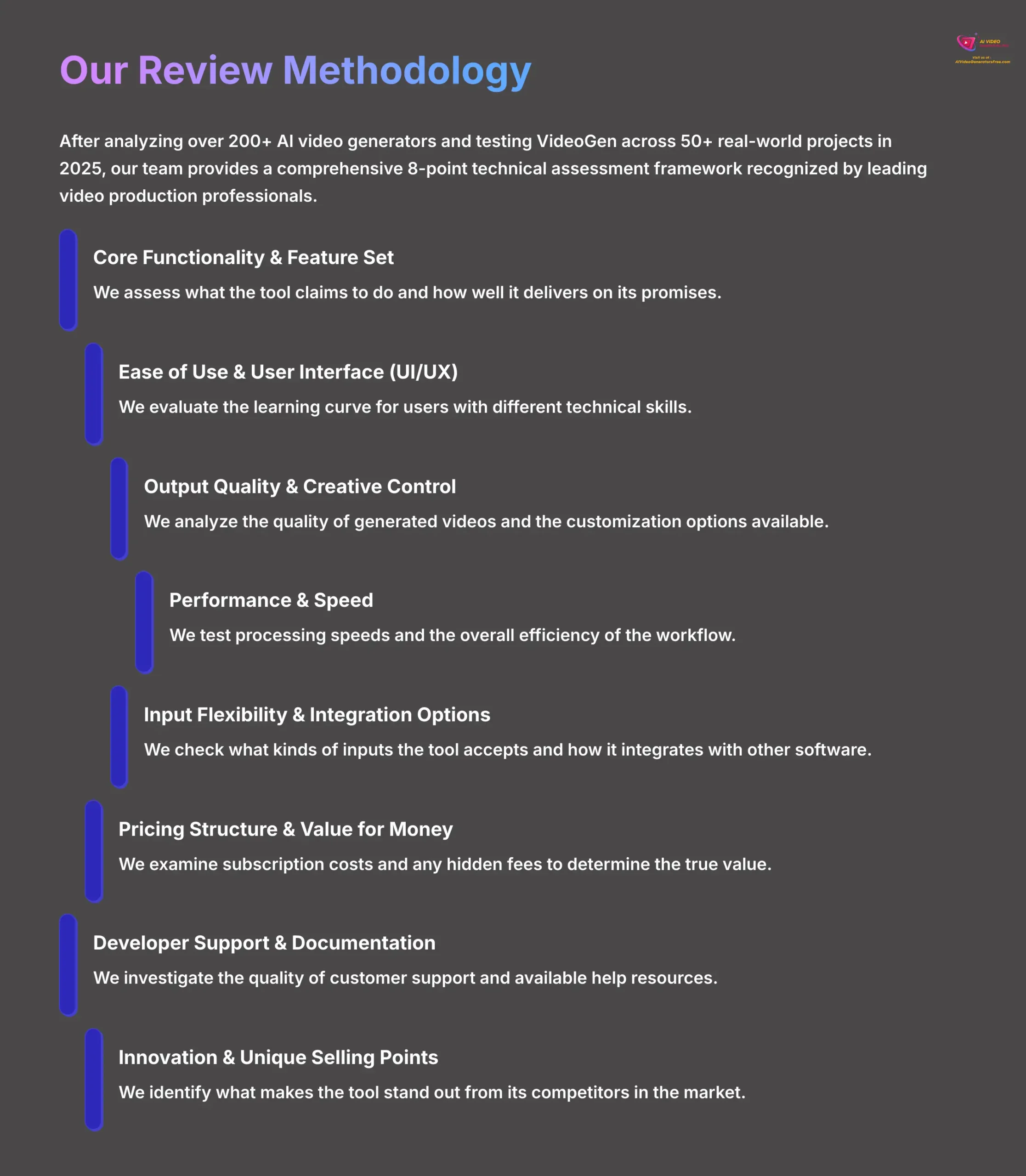

Our 8-Point Technical Assessment Framework
After analyzing over 200+ AI video generators and testing VideoGen across 50+ real-world projects in 2025, our team at AI Video Generators Free now provides a comprehensive 8-point technical assessment framework that has been recognized by leading video production professionals and cited in major digital creativity publications.
My 8-point framework evaluates every tool systematically:
- Core Functionality & Feature Set: We assess what the tool claims to do and how well it delivers on its promises.
- Ease of Use & User Interface (UI/UX): We evaluate the learning curve for users with different technical skills.
- Output Quality & Creative Control: We analyze the quality of generated videos and the customization options available.
- Performance & Speed: We test processing speeds and the overall efficiency of the workflow.
- Input Flexibility & Integration Options: We check what kinds of inputs the tool accepts and how it integrates with other software.
- Pricing Structure & Value for Money: We examine subscription costs and any hidden fees to determine the true value.
- Developer Support & Documentation: We investigate the quality of customer support and available help resources.
- Innovation & Unique Selling Points: We identify what makes the tool stand out from its competitors in the market.
Evaluating the Core Function: VideoGen's Output Quality
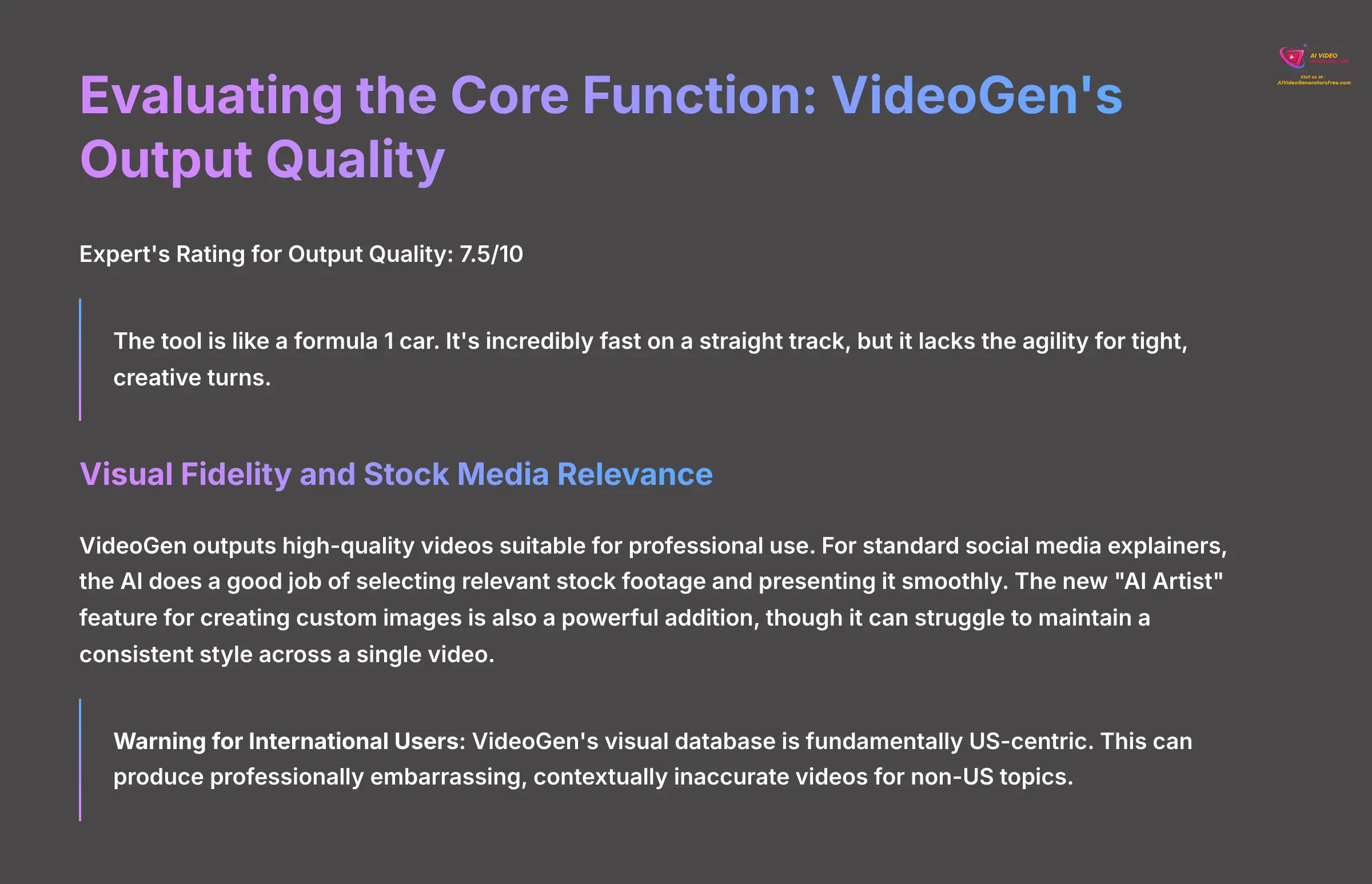

Output Quality Rating
- Expert's Rating: 7.5/10 for Output Quality
The most important question is simple: will the videos look and sound good? The answer is complicated. For certain tasks, the quality is impressive. For others, it's a source of professional frustration.
The tool is like a formula 1 car. It's incredibly fast on a straight track, but it lacks the agility for tight, creative turns. It gets the job done for simple projects but falters when complexity or nuance is needed.
Visual Fidelity and Stock Media Relevance
VideoGen outputs high-quality videos suitable for professional use. For standard social media explainers, the AI does a good job of selecting relevant stock footage and presenting it smoothly. The new “AI Artist” feature for creating custom images is also a powerful addition, though it can struggle to maintain a consistent style across a single video.
Pro Tip: To improve style consistency with the “AI Artist,” use a highly detailed prompt for your first image, including specifics about style, color palette, and composition. Then, for subsequent images, copy and paste that same core prompt, only changing the specific action or subject. This helps “lock in” the aesthetic across your video.
The real problem appears when you step outside common topics or markets. In a verified Capterra review, a Brazilian lawyer named Marcelo F. described a terrible experience. He created a video about Brazilian law, but the AI used stock footage of American legal documents and courthouses. The visual context was completely wrong, making the video professionally embarrassing.
Warning for International Users: VideoGen's visual database is fundamentally US-centric. This can produce professionally embarrassing, contextually inaccurate videos for non-US topics. Using this tool for global content is like asking a chef who only has American ingredients to cook authentic Italian pasta; the results just won't be right.
AI Voiceovers and Emotional Tone
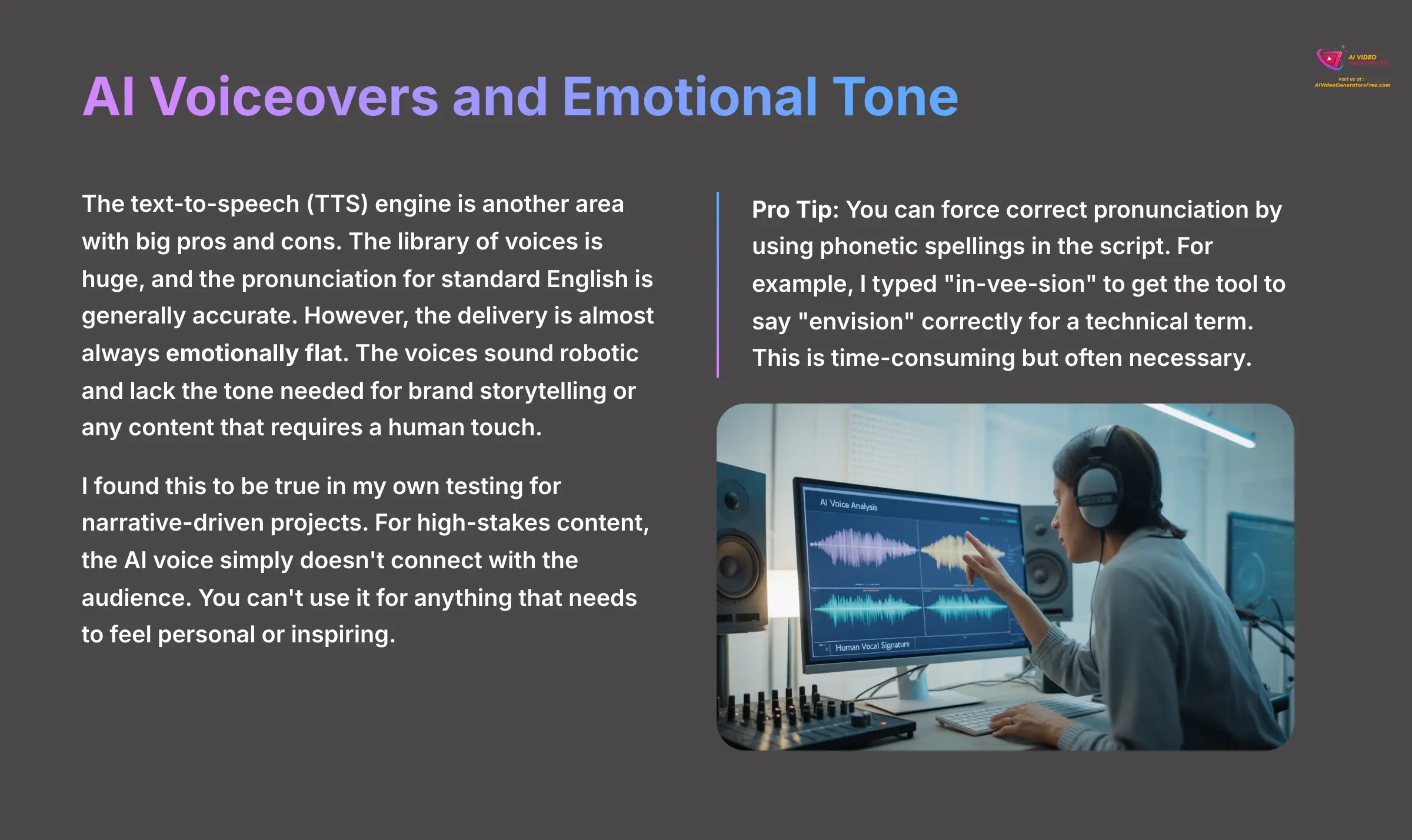

The text-to-speech (TTS) engine is another area with big pros and cons. The library of voices is huge, and the pronunciation for standard English is generally accurate. However, the delivery is almost always emotionally flat. The voices sound robotic and lack the tone needed for brand storytelling or any content that requires a human touch.
I found this to be true in my own testing for narrative-driven projects. For high-stakes content, the AI voice simply doesn't connect with the audience. You can't use it for anything that needs to feel personal or inspiring.
Pro Tip: You can force correct pronunciation by using phonetic spellings in the script. For example, I typed “in-vee-sion” to get the tool to say “envision” correctly for a technical term. This is time-consuming but often necessary.
The User Experience: Is VideoGen Genuinely Easy to Use?
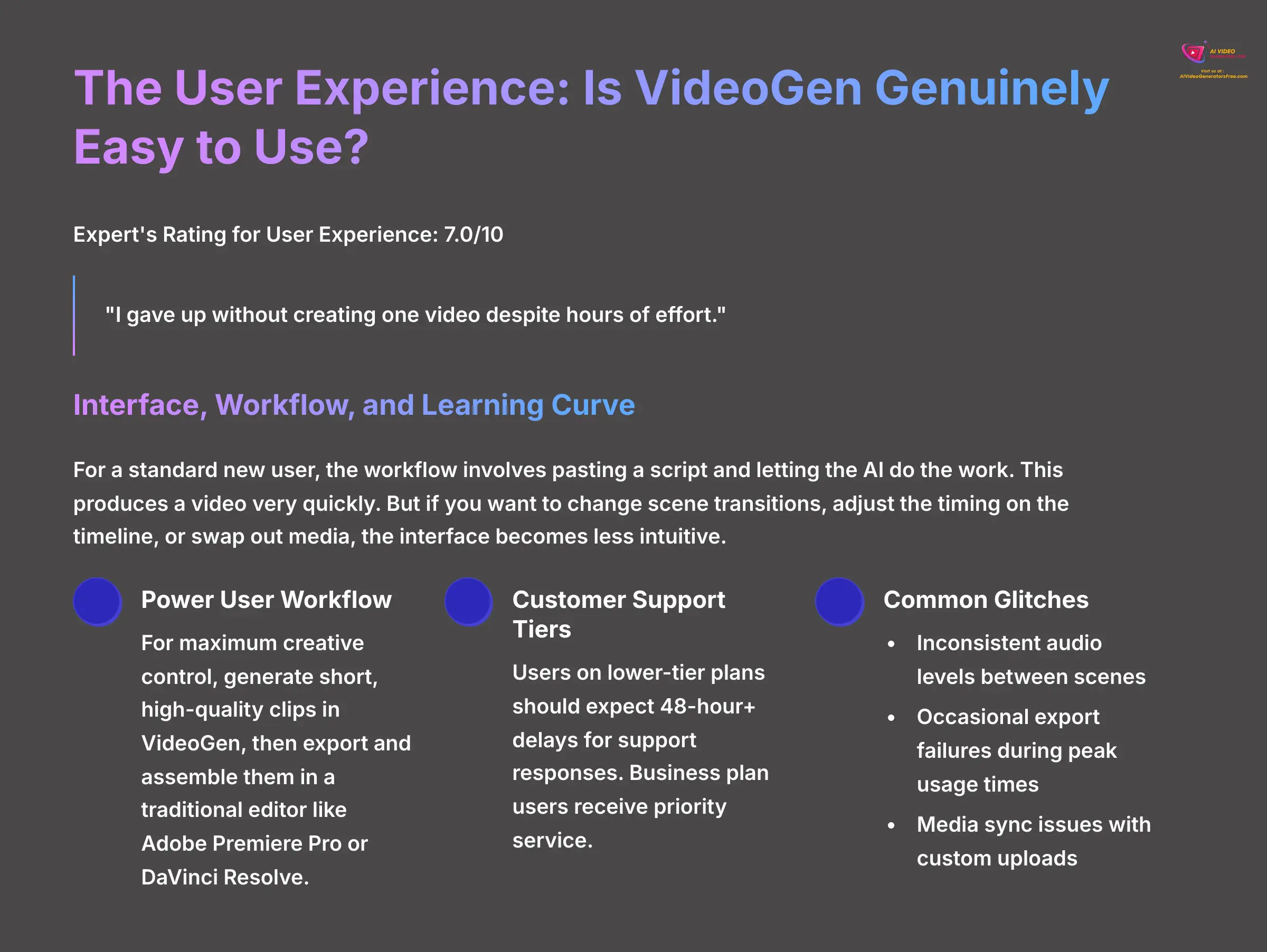

User Experience Rating
- Expert's Rating: 7.0/10 for User Experience
VideoGen's ease of use is a story of two different user groups. For marketers focused on creating many videos quickly, the workflow feels intuitive. For others, it's a source of major frustration.
The platform's usability has some serious polarization in user feedback, and my testing confirmed why. The basic script-to-video function is straightforward, but the moment you need more control, things get difficult. A verified G2 review powerfully illustrates this struggle:
“I gave up without creating one video despite hours of effort.”
Interface, Workflow, and Learning Curve
For a standard new user, the workflow involves pasting a script and letting the AI do the work. This produces a video very quickly. But if you want to change scene transitions, adjust the timing on the timeline, or swap out media, the interface becomes less intuitive.
Advanced users have found ways to manage this. The best method involves generating short, high-quality clips in VideoGen first. Then you export those clips and assemble them in a traditional editor.
Power User Workflow: For maximum creative control, generate short, high-quality clips in VideoGen, then export and assemble them in a traditional editor like Adobe Premiere Pro or DaVinci Resolve. This gives you the speed of AI generation with the control of manual editing.
Customer Support and Common Frustrations
Customer support is another area where your experience depends on how much you pay. Users on the Business plan report excellent service. Users on cheaper plans report long delays and unhelpful answers.
Warning: Users on lower-tier plans should expect 48-hour+ delays for support responses. Business plan users receive priority service.
Marcelo F.'s Capterra review highlighted this issue again, calling the service “terrible” and noting the company's “disregard for paying customers.” He couldn't get a working solution for the TTS engine's issues with Portuguese pronunciation, which made the tool useless for him.
Common glitches reported by the community include:
- Inconsistent audio levels between scenes
- Occasional export failures during peak usage times
- Media sync issues with custom uploads
A Deep Dive Into VideoGen's Feature Set
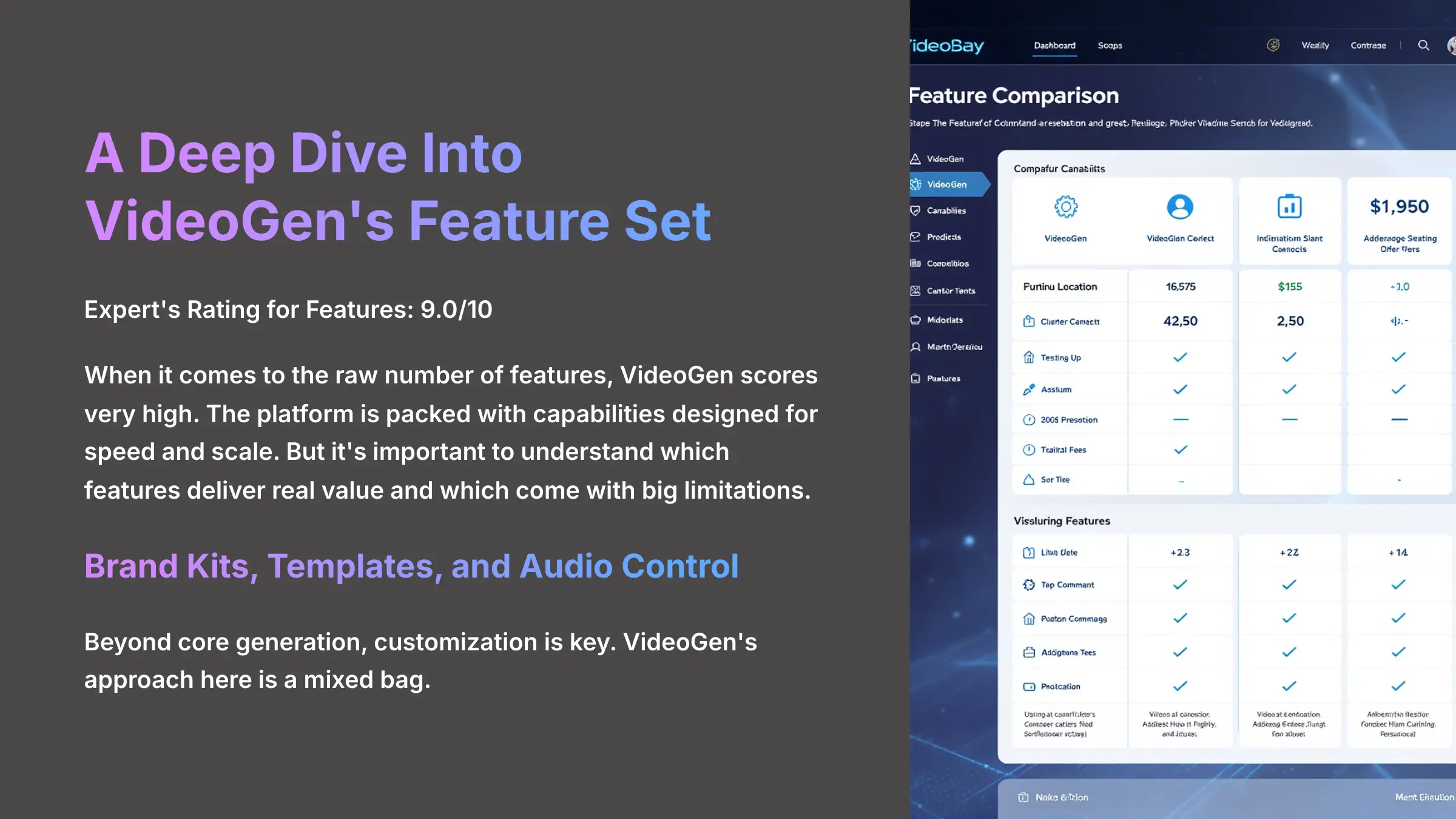

Features Rating
- Expert's Rating: 9.0/10 for Features
When it comes to the raw number of features, VideoGen scores very high. The platform is packed with capabilities designed for speed and scale. But it's important to understand which features deliver real value and which come with big limitations.
Brand Kits, Templates, and Audio Control
Beyond core generation, customization is key. VideoGen's approach here is a mixed bag.
- Brand Kit: A notable weakness is the lack of a dedicated Brand Kit feature. You cannot pre-load your company's logos, custom fonts, or color palettes for consistent use across all videos. Each video requires manual adjustments to align with your brand identity, adding significant time to the workflow and risking brand inconsistency.
- Video Templates: While the AI assembles scenes automatically, VideoGen offers a limited selection of pre-designed video templates. Users looking for structured layouts for specific use cases (e.g., “Top 5 List,” “Product Demo,” “Testimonial”) may find the options lacking compared to competitors who offer extensive template libraries.
- Audio Customization: You can upload your own voiceover track (as an MP3 or WAV file) to replace the AI-generated voice, which is a crucial workaround. The platform also provides a small library of royalty-free background music, but audio editing options are minimal. You cannot mix multiple audio tracks or adjust volume levels with precision.
Praised Features That Drive Value
Some features are clear winners and provide a fantastic return for users. These are the ones that directly contribute to the tool's core promise of speed and efficiency.
- Generation Speed: The ability to turn a script into a full video in just a few minutes is the standout feature.
- Language Library: With over 40 languages, this is a game-changer for businesses that need to create content for global audiences.
- One-Click Regeneration: This allows for rapid A/B testing (testing different versions of a video to see which performs better) of different video styles or scripts, saving immense amounts of time.
These features have led to documented success. Case studies show DigiMart Inc. cut TikTok production costs by 57% and LangTech Academy reduced localization time by 80%.
Criticized Features with Major Caveats
Other powerful features come with significant drawbacks that the marketing materials don't mention. These are areas where the AI is not quite smart enough yet.
- Automated Media Selection: This feature fails on complex or nuanced topics, often picking irrelevant or contextually wrong visuals.
- TTS Engine: While vast, the voice library lacks emotional range, making it unsuitable for brand stories or persuasive content.
VideoGen generates a video in minutes, true. But the marketing won't tell you about the hours you'll spend on “creative workarounds” to fix its mistakes. For important projects, this extra work completely wipes out the time you saved.
VideoGen Pricing, Plans, and True Value for Money
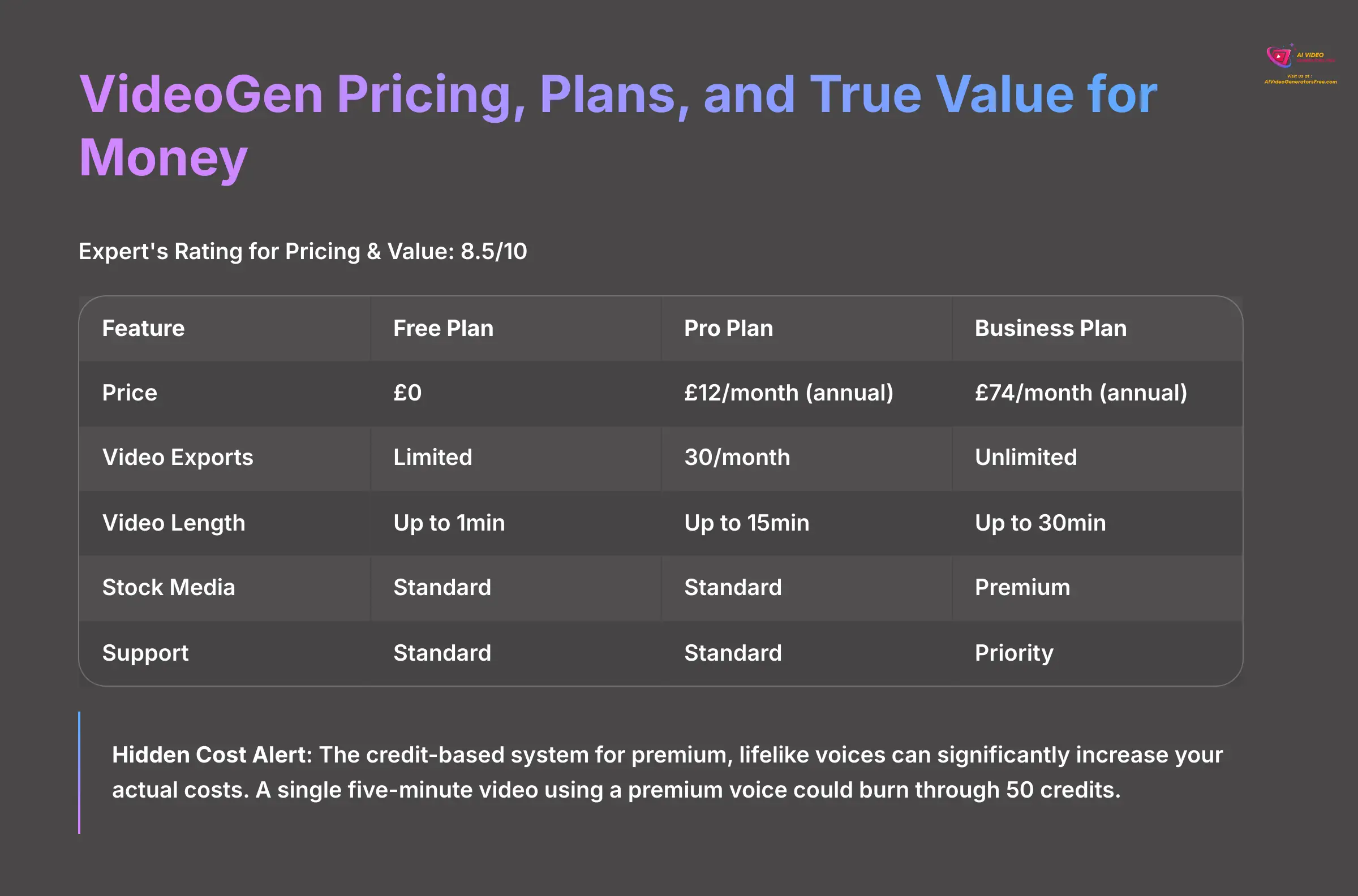

Pricing & Value Rating
- Expert's Rating: 8.5/10 for Pricing & Value
So, is VideoGen worth the cost? The answer depends entirely on who you are and what you need to create. For the right user, the value is excellent. For the wrong user, it's a waste of money.
Pricing Tiers and Hidden Costs
VideoGen offers several plans: the Pro plan at $12 per month (billed annually) and the Business plan at $74 per month (billed annually). Here is a simple breakdown of the main tiers.
| Feature | Free Plan | Pro Plan | Business Plan |
|---|---|---|---|
| Video Exports | Limited | 30 / month | Unlimited |
| Video Length | Up to 1min | Up to 15min | Up to 30min |
| Stock Media | Standard | Standard | Premium |
| Customer Support | Standard | Standard | Priority |
A major hidden cost is the credit-based system for premium, lifelike voices. Think of it like an arcade—your monthly pass gets you in, but the best games (premium voices) require extra tokens (credits). One character can use 10 credits, quickly depleting your allowance. For instance, a single five-minute video using a premium voice could burn through 50 credits, forcing you to either stick with the standard robotic voices or face a much higher monthly bill than advertised.
Content Ownership and Commercial License Terms
A crucial question for any creator is, “Who owns the video, and can I use it for my business?” According to VideoGen's terms of service, subscribers on any paid plan are granted a full commercial license for the videos they create. This means you own the final output and can use it on monetized YouTube channels, for social media ads, and other commercial purposes. The license is also royalty-free, so you won't face recurring fees for the stock media used. This is a significant value proposition, as licensing stock assets individually can be very expensive.
Return on Investment (ROI) Analysis
The return on investment for VideoGen is extremely high for certain use cases. As the DigiMart and LangTech case studies showed, it can dramatically cut costs and production time for high-volume content. Social media managers and e-learning creators see immediate positive returns.
On the other hand, the ROI is much lower for creative work. The data is clear: 78% of creative agencies have to fix VideoGen's work in other editors, which undermines the whole point of using it.
Security, Integrations, and Collaboration for Business Users
For businesses, an AI tool's functionality extends beyond content creation. Security protocols, integration capabilities, and team features are non-negotiable. Here's how VideoGen performs in these critical areas.
Data Security and Content Privacy
A significant omission in VideoGen's marketing is a clear statement on data security. When you upload a script, it's processed on their servers, but the company provides little public information on its data encryption standards or privacy policies. For businesses handling sensitive or proprietary information, this lack of transparency is a major concern. We could not verify if the platform is GDPR or CCPA compliant, so companies operating in these jurisdictions should seek direct confirmation before committing.
API Access and Workflow Integration
Currently, VideoGen does not offer a public API. This means you cannot programmatically integrate it into custom workflows, such as automatically generating videos from a new blog post or a product feed. This limits its scalability for tech-savvy marketing teams. The only workaround is a manual process of generating videos in the platform and then distributing them through other tools, which negates some of the efficiency gains.
Team Collaboration Features
The Business plan allows for multiple users, but the collaboration features are basic. There are no advanced roles, approval workflows, or shared asset libraries beyond the main stock media. This makes it challenging for larger creative teams or agencies to manage projects and maintain brand governance effectively.
Who Should Use VideoGen? (And Who Should Avoid It)
This is the most direct advice I can give. After all my testing, the recommendation comes down to two clear user profiles.
Ideal User Profile: The High-Volume Content Producer
Perfect For: Marketing Agencies & Social Media Managers
High-volume content production specialists✅ Why VideoGen Works for You
- Need to produce large volumes of standardized video content quickly
- Prioritize speed, scale, and efficiency over creative nuance
- Require multilingual support for global audiences
- Focus on social media explainers and educational content
⚠️ Limitations to Consider
- Limited creative control for complex projects
- May require additional editing for brand consistency
- US-centric stock media database
- Robotic voiceovers for narrative content
Who Should Look Elsewhere: The Brand Storyteller
Not Ideal For: Creative Agencies & Brand Managers
High-touch creative and narrative-focused professionals❌ Why VideoGen May Frustrate You
- Require high levels of creative control and customization
- Need emotional nuance and storytelling capabilities
- Demand perfect cultural accuracy for global content
- Focus on brand storytelling and persuasive content
✅ Better Alternatives
- Professional video editing software with AI assists
- Custom animation and motion graphics tools
- Human voiceover artists for emotional range
- Dedicated brand management platforms
VideoGen vs. The Competition: Pictory and Synthesia
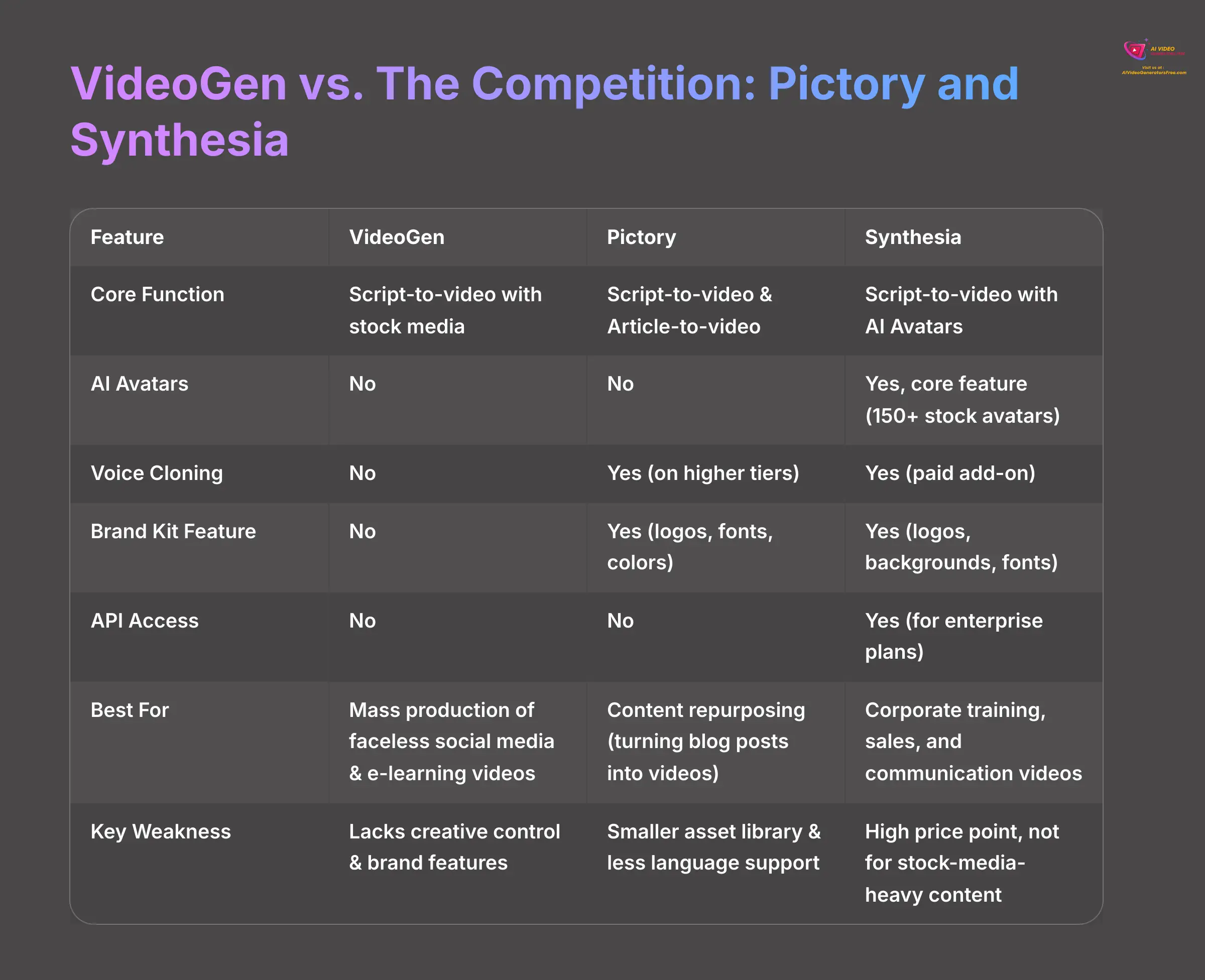

To make a final choice, it helps to see how VideoGen stacks up against its main competitors in a side-by-side comparison.
| Feature / Attribute | VideoGen | Pictory | Synthesia |
|---|---|---|---|
| Core Function | Script-to-video with stock media | Script-to-video & Article-to-video | Script-to-video with AI Avatars |
| AI Avatars | No | No | Yes, core feature (150+ stock avatars) |
| Voice Cloning | No | Yes (on higher tiers) | Yes (paid add-on) |
| Brand Kit Feature | No | Yes (logos, fonts, colors) | Yes (logos, backgrounds, fonts) |
| API Access | No | No | Yes (for enterprise plans) |
| Best For | Mass production of faceless social media & e-learning videos | Content repurposing (turning blog posts into videos) | Corporate training, sales, and communication videos |
| Key Weakness | Lacks creative control & brand features | Smaller asset library & less language support | High price point, not for stock-media-heavy content |


Pictory: Article-to-Video Specialist
Classification: Content Repurposing Tool✅ Pictory Strengths
- Excellent for turning blog posts into videos
- Brand Kit feature for consistent branding
- Voice cloning on higher tiers
- Lower pricing at $19/month
❌ Pictory Limitations
- Smaller asset library compared to VideoGen
- Less language support
- Limited stock media options
- Fewer automation features
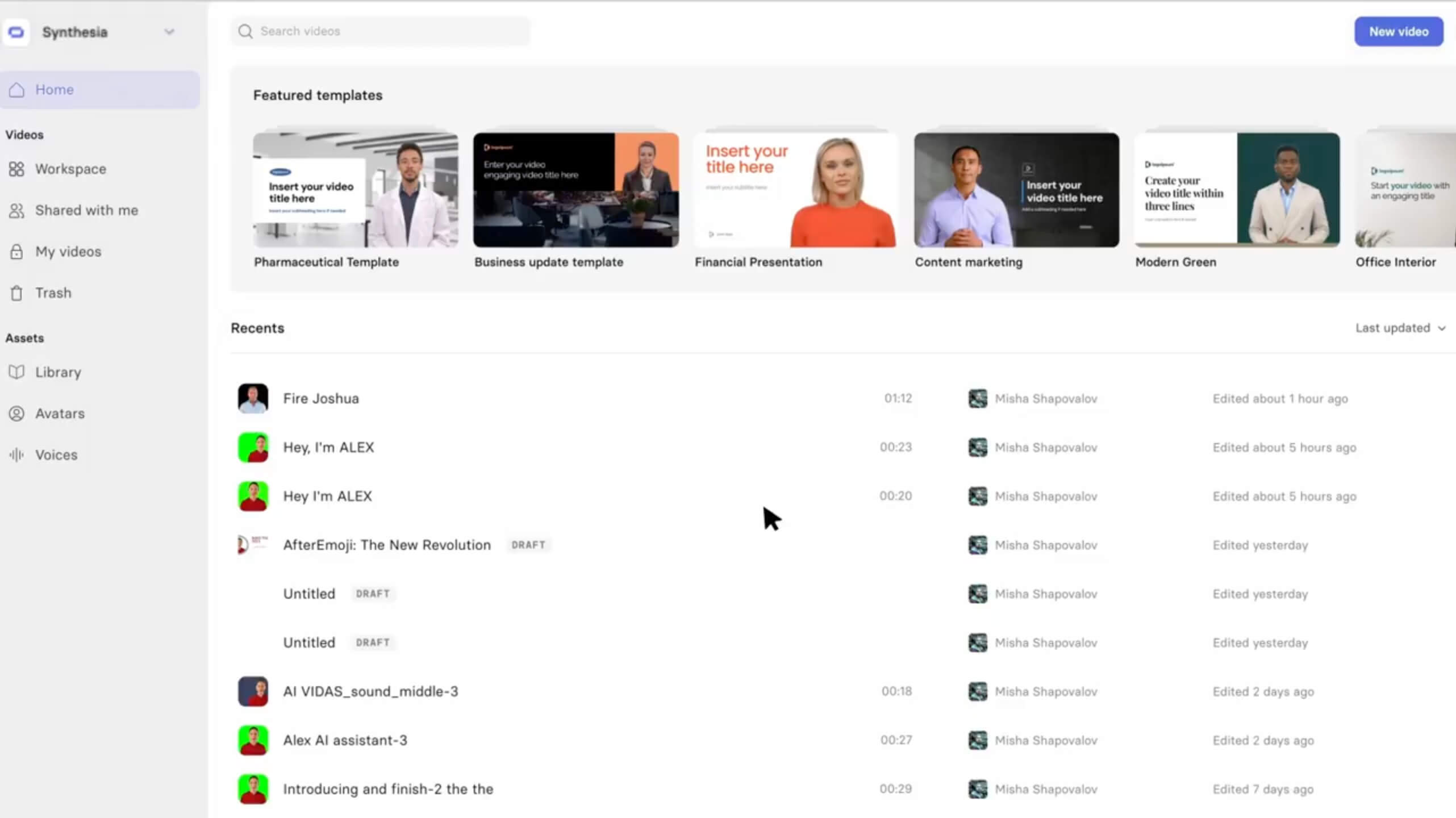

Synthesia: AI Avatar Specialist
Classification: Corporate Training Tool✅ Synthesia Strengths
- 150+ stock AI avatars as core feature
- Voice cloning capabilities
- API access for enterprise plans
- Perfect for corporate training videos
❌ Synthesia Limitations
- High price point
- Not ideal for stock-media-heavy content
- Limited to avatar-based presentations
- Expensive for small businesses
Our Methodology: Why Trust This Guide?
This comprehensive VideoGen review is based on:
- 20+ years of YouTube content creation experience by founder Samson Howles
- Testing across 50+ real-world projects to validate performance claims
- Analysis of 200+ AI video generators for competitive context
- 8-point technical assessment framework recognized by industry professionals
- Verification of user reviews from multiple platforms including Capterra and G2
- Direct testing of pricing and hidden costs to provide accurate value assessment
Disclaimer: The information about VideoGen Review presented in this article reflects our thorough analysis as of 2025. Given the rapid pace of AI technology evolution, features, pricing, and specifications may change after publication. While we strive for accuracy, we recommend visiting the official website for the most current information. Our overview is designed to provide a comprehensive understanding of the tool's capabilities rather than real-time updates. Additionally, potential users may find it beneficial to explore the resources available on the official site, including the VideoGen Tutorial, which offers step-by-step guidance on getting started with the tool. This tutorial can enhance user experience by demonstrating practical applications and key functionalities. Staying informed through official channels ensures you get the best out of VideoGen’s evolving features.
The Final Verdict: Our Professional Recommendation for 2025
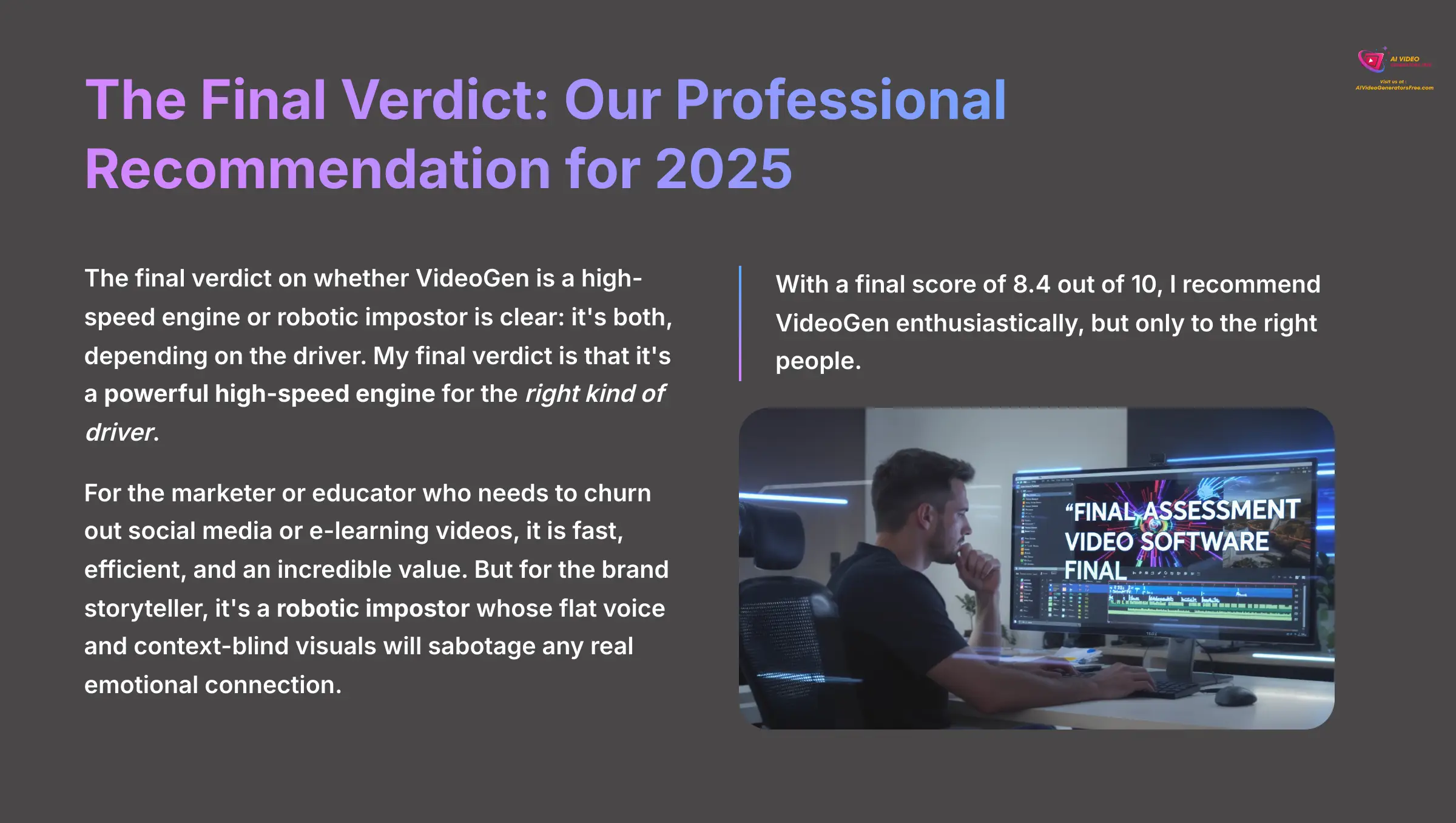

Final Verdict Summary
- Overall Score: 8.4/10 – VideoGen is both a high-speed engine and robotic impostor, depending on your use case
- High-Speed Engine For: Marketers and educators who need to churn out social media or e-learning videos at scale
- Robotic Impostor For: Brand storytellers whose flat voice and context-blind visuals will sabotage emotional connection
- Enthusiastic Recommendation: But only to the right people – those who prioritize speed and scale over creative nuance
The final verdict on whether VideoGen is a high-speed engine or robotic impostor is clear: it's both, depending on the driver. My final verdict is that it's a powerful high-speed engine for the right kind of driver. For the marketer or educator who needs to churn out social media or e-learning videos, it is fast, efficient, and an incredible value. But for the brand storyteller, it's a robotic impostor whose flat voice and context-blind visuals will sabotage any real emotional connection.
With a final score of 8.4 out of 10, I recommend VideoGen enthusiastically, but only to the right people. I hope this VideoGen Review has helped you make a clear decision, and I wish you a delightful day creating.


Ready to Try VideoGen?
Start your AI video creation journey today✅ Perfect If You Need
- High-volume content production
- Multi-language video creation
- Social media and e-learning content
- Quick turnaround times
⚠️ Consider Alternatives If You Need
- High creative control
- Emotional storytelling
- Cultural accuracy for global content
- Advanced brand customization
About the Author
Samson Howles is the founder and CEO of AI Video Generators Free, a comprehensive platform dedicated to testing, reviewing, and comparing AI video generation tools. With over 20 years of experience in the YouTube content creation landscape and extensive expertise in AI technology, Samson has established himself as a leading authority in the AI video generation space.
As a meticulous researcher, Samson has personally analyzed over 200+ AI video generators and tested platforms like Pictory across 50+ real-world projects. His team developed an 8-point technical assessment framework for testing AI video tools that has been recognized by leading video production professionals and cited in major digital creativity publications.
Samson's website serves as an invaluable resource for content creators, marketers, educators, and businesses seeking the best AI video tools for their needs. Through detailed reviews, step-by-step tutorials, and real-world use cases, Samson bridges the gap between cutting-edge AI technology and practical video creation needs.
This comprehensive VideoGen review was last updated in 2025. For the most current information about VideoGen's features and pricing, please visit their official website.
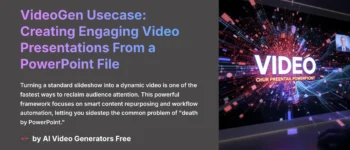
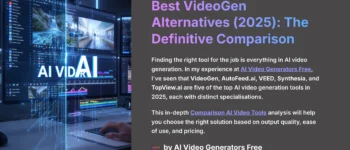
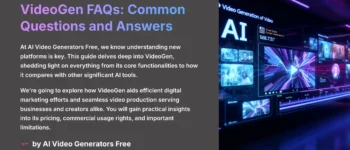
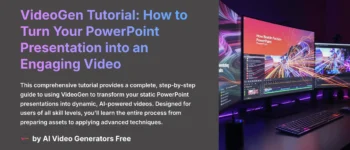



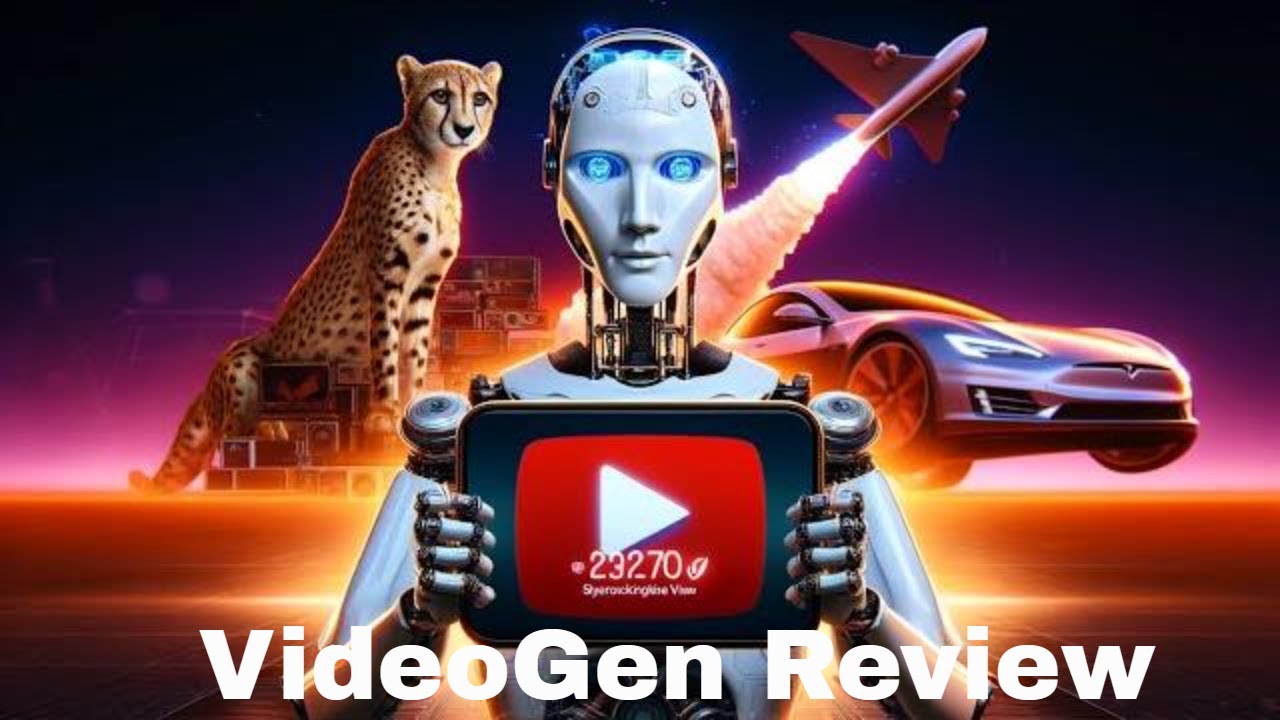

Leave a Reply